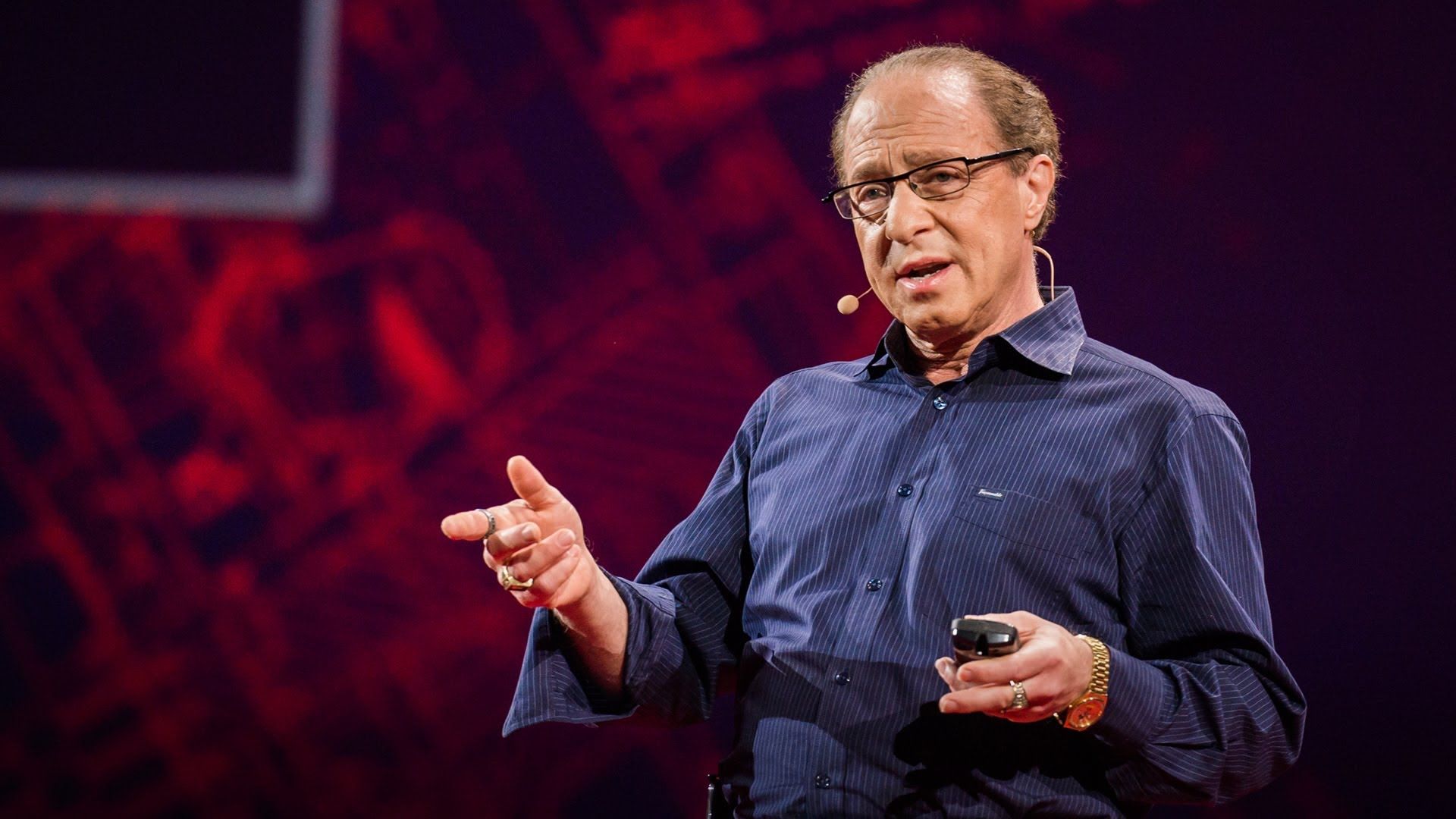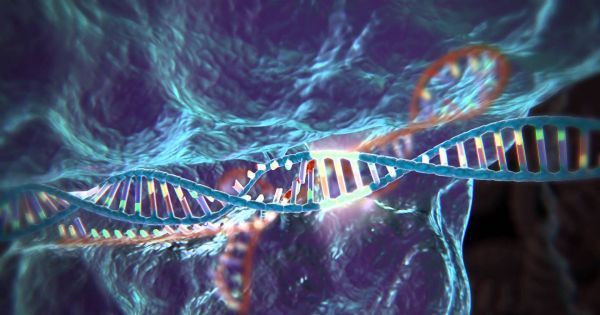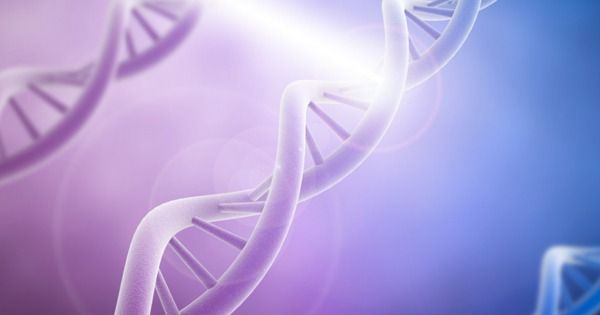Sep 1, 2016
Russia Plans Mission to Land a Rocket on Jupiter’s Ganymede, Only Moon with its Own Magnetic Field –“100-Kilometer-Deep Ocean a Hotspot for Life”
Posted by Andreas Matt in categories: bioengineering, space
In a video uploaded to YouTube on August 3rd (below), engineers from the Russian space agency, Roscosmos, proposed an orbiter and lander mission to Ganymede. The video suggests a launch could come in the next decade. Although the commentary is in Russian, the video appears to suggest that Ganymede may be as good a candidate or better for life than Europa.


















